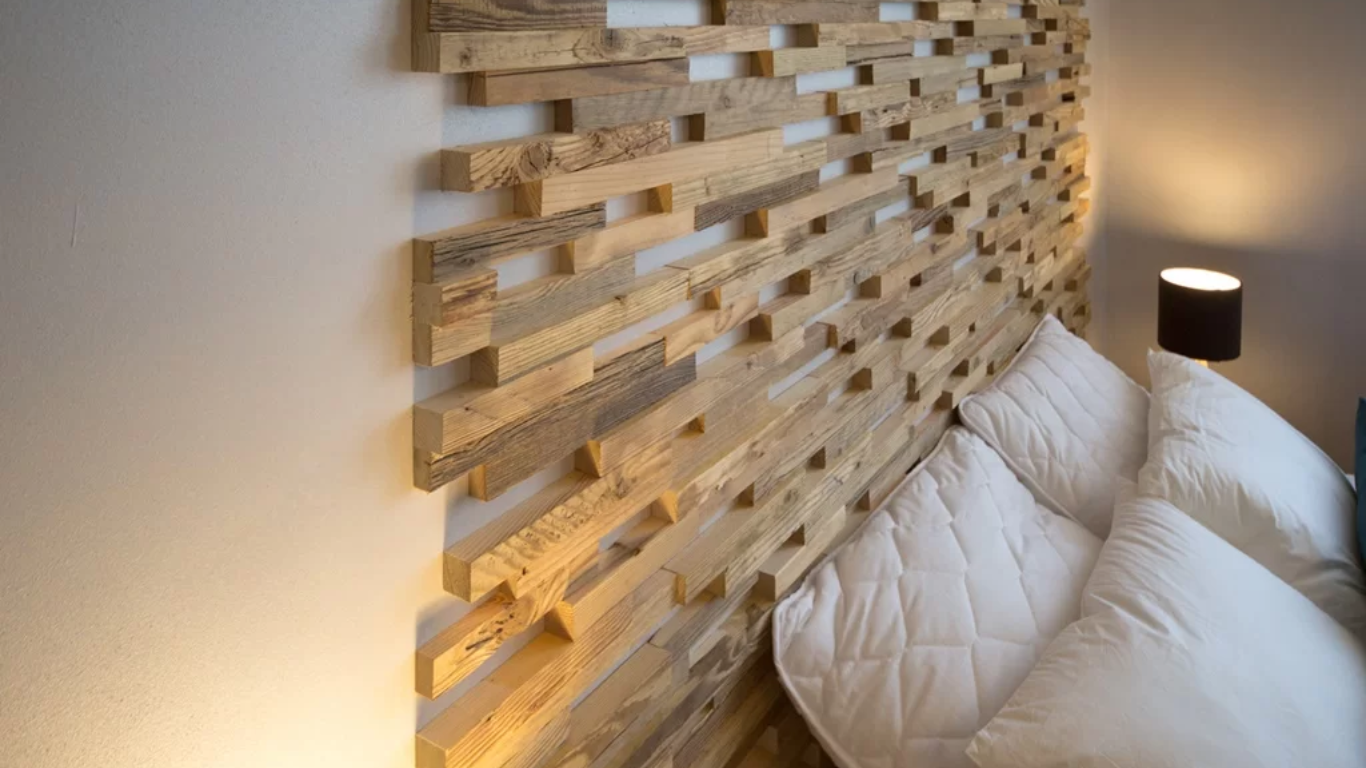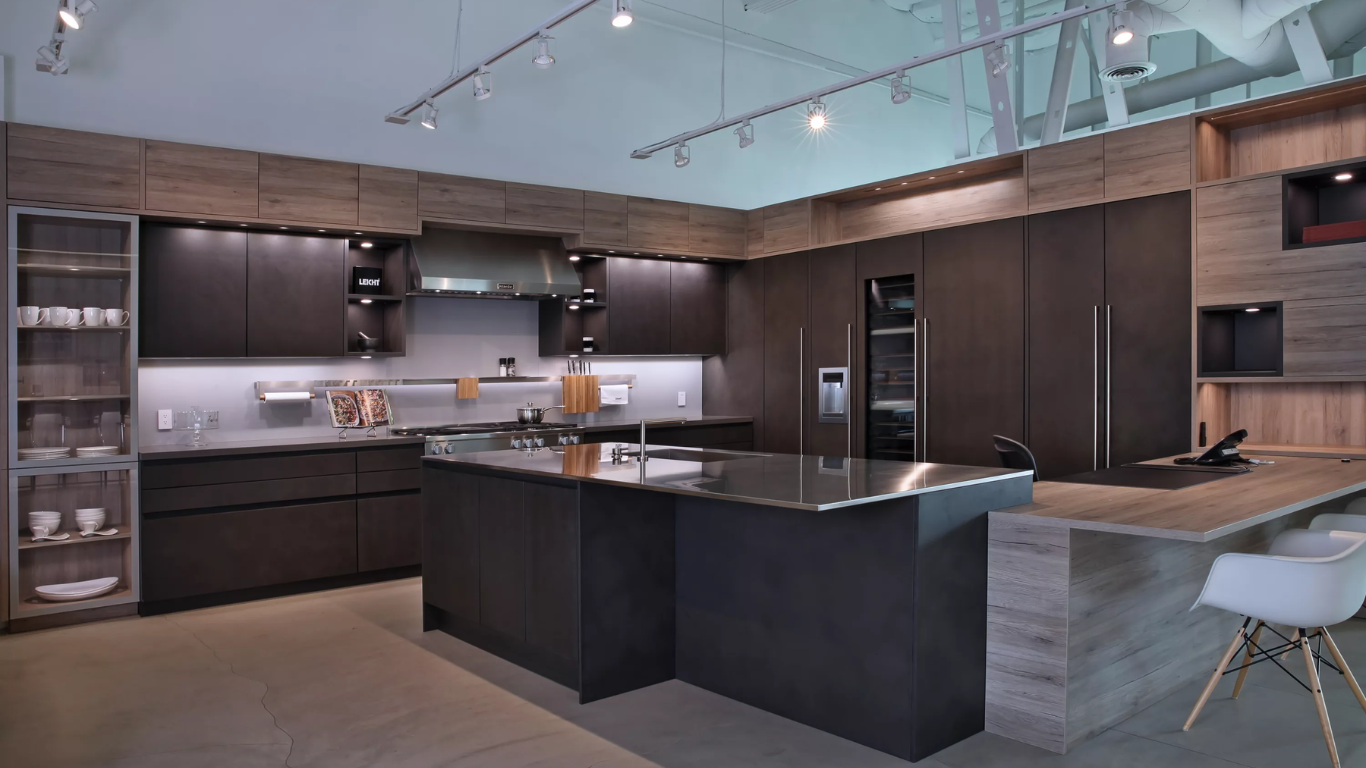Upgrading your home to be more energy-efficient is one of the smartest investments you can make. Not only does it save you money on utility bills, but it also reduces your environmental impact by decreasing your carbon footprint. In this guide, we’ll explore a variety of energy-efficient home upgrades that will help you conserve energy and contribute to a greener planet.
Benefits of Energy-Efficient Home Upgrades
Energy-efficient home upgrades are more than just a trend—they offer a wide range of benefits that make them a worthwhile investment.
Save Money on Utility Bills
One of the most immediate benefits of energy-efficient upgrades is the reduction in monthly utility bills. By using less electricity, gas, or water, you can lower your expenses and enjoy more savings over time.
Reduce Environmental Impact
Energy-efficient homes use fewer resources, which helps to reduce greenhouse gas emissions and conserve the planet’s resources. These upgrades are a great way to make a positive impact on the environment.
Increase Home Value
Energy-efficient homes are attractive to potential buyers and may have a higher market value. Many people are looking for properties with lower utility costs and environmentally friendly features.
Top Energy-Efficient Upgrades for Your Home
There are several effective ways to upgrade your home for improved energy efficiency. Below are some of the best options to consider.
1. Install Energy-Efficient Windows
Windows are one of the main areas where energy loss occurs in the home. Upgrading to energy-efficient windows with double or triple glazing can help reduce heat loss during the winter and keep your home cool in the summer.
Benefits of Energy-Efficient Windows
- Better insulation and reduced energy consumption
- Decreased reliance on heating and cooling systems
- Enhanced comfort with reduced drafts
2. Upgrade to LED Lighting
Lighting is an easy and affordable way to make your home more energy-efficient. Replacing incandescent bulbs with LED bulbs can significantly reduce electricity usage.
Benefits of LED Lighting
- LED bulbs use up to 80% less energy than traditional bulbs
- Longer lifespan, saving money on replacements
- Reduced heat production, which can lower cooling costs
3. Improve Home Insulation
Proper insulation is key to maintaining a comfortable indoor temperature without using excessive energy. Consider upgrading insulation in your attic, walls, and floors to keep your home warm in the winter and cool in the summer.
Areas to Insulate for Maximum Efficiency
- Attic: Heat rises, so attic insulation is essential for reducing energy waste.
- Walls: Wall insulation can help prevent heat transfer between rooms and the outdoors.
- Basement and Floors: Insulating these areas can also help improve overall comfort and efficiency.
4. Install a Programmable Thermostat
A programmable thermostat allows you to set specific temperatures for different times of the day, ensuring your HVAC system isn’t working overtime when you don’t need it.
Benefits of a Programmable Thermostat
- Optimizes energy use for heating and cooling
- Reduces energy costs by automatically adjusting the temperature
- Provides convenience with remote control capabilities for smart models
5. Switch to Energy-Efficient Appliances
Older appliances can consume a significant amount of energy. Upgrading to energy-efficient models, such as those with an Energy Star rating, can help reduce energy use and lower your utility bills.
Energy-Efficient Appliances to Consider
- Refrigerators: Energy-efficient refrigerators use less electricity and are designed to maintain optimal temperatures.
- Washing Machines and Dryers: High-efficiency washers and dryers use less water and energy per load, making them a smart choice.
- Dishwashers: Modern dishwashers use less water and heat, providing a more efficient cleaning process.
6. Install Solar Panels
If you’re looking for a way to generate your own renewable energy, installing solar panels is a great option. Although the initial investment can be high, many homeowners see a significant reduction in their electricity bills over time.
Benefits of Solar Panels
- Reduced dependency on the grid and fossil fuels
- Potential eligibility for tax credits and rebates
- Opportunity to sell excess energy back to the grid in some areas
7. Seal Air Leaks
Air leaks around doors, windows, and other areas of the home can lead to significant energy waste. Sealing these leaks with caulk or weatherstripping can help improve your home’s efficiency.
Common Areas with Air Leaks
- Windows and Doors: Gaps around windows and doors are a major source of energy loss.
- Attic Hatch: Uninsulated or poorly sealed attic hatches can allow warm air to escape.
- Plumbing Penetrations: Areas where pipes or cables enter the home can have gaps that need sealing.
Sustainable Landscaping Upgrades
Don’t forget that making your home’s exterior more energy-efficient can also have a positive impact.
Plant Shade Trees
Strategically planting shade trees around your home can help keep it cool during the summer months, reducing the need for air conditioning.
Install a Rainwater Harvesting System
Rainwater harvesting is an eco-friendly way to reduce your water consumption and use natural resources more effectively. This water can be used for landscaping, gardening, or even certain household tasks.
Financial Incentives for Energy-Efficient Upgrades
In many areas, there are financial incentives for making energy-efficient upgrades to your home.
Tax Credits and Rebates
Governments often provide tax credits and rebates for installing energy-efficient windows, solar panels, and other upgrades. Check with your local government or utility provider to see what incentives are available.
Lower Utility Bills
Energy-efficient upgrades will also result in lower utility bills, providing additional savings that can offset the initial investment costs.





